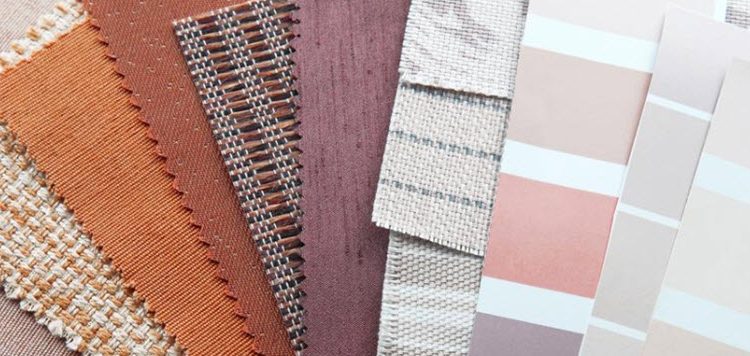How to Choose a Colour Palette For Your Entire Home
When it comes to deciding on a colour palette for your home, a lot of us will most likely find ourselves adrift in a sea of possibilities. There are far too many elements to consider, from walls to floors and everything in between. It can be tricky to know where to begin. If you’re uncertain of how best to take on this monolithic task, be sure to follow these quick little pointers for nailing your paint job.
Play with colours and textures
In the decision-making process, you should be sure to keep yourself open to possibilities rather than focusing on eliminating potential options. It’s more about finding what you love rather than trying to decide on what you don’t want. In that regard, it pays to take some time to look around at different curtains and other window coverings, rugs and other floor coverings, furniture, and accessories like pillows and blankets. These cosy elements are going to be in your home regardless of what colour your walls are, so it’s best to start here and work on colour cohesion later on. For the time being, just focus on picking out the elements within this selection that you love! For instance, if a few throws and pillows look and feel good together, that may serve as a reference upon which you can build the rest of your home’s unique palette. If there are multiple colours amongst this collection that seem to mesh really well, then you’ve got yourself a fantastic foundation that should make the rest of this process easy as pie.
Draw inspiration from interior design styles
It’s been said that of the top five things people notice first about your home, all five have ties to your home’s tone or your cultivated atmosphere. The easiest way to find a tone for your home that resonates well with you and your chosen decor is by engaging with some pre-existing interior design styles. For instance, contemporary minimalism boasts an array of monochromatic furniture and patterns, with naturalistic materials like wood and glass. In minimalist spaces, colour is used to blend elements rather than create focal points.
On the opposite end of the spectrum, you have bohemian interiors. Whilst bohemian interiors also tend to use white as a backdrop, this style places less emphasis on orderliness and more on expressing avant-garde ideals, like presenting a house that’s ripe for living in! Boho interiors utilise comforting textures like wicker or wool and large dynamic patterns like paisley which naturally draw the eye, and then off-set all this visual noise with bare, white walls.
And then somewhere in the middle of this interior design spectrum, there’s mid-century modern design, which thrives off of its use of opposite colours and colour hues as a means of experimenting with space and depth. These three interior design styles use colour in different ways and for different purposes. It’s all about deciding on what you’d like colour to signify in your home.
Identify your 60-30-10
The ‘60-30-10’ rule has been aptly named as a method of balancing the ratio of between your chosen primary, secondary, and accent colours. Essentially, once you’ve decided on a colour selection, it’s time for you to split those colours into three main camps. The first camp (primary colours) will be the dominant colours in your colour palette, and will most likely be the colours of your walls and larger pieces of furniture. The second camp (secondary colours) are usually in the background, and will most likely be the colours of your flooring and countertops. These colours are usually used to balance a colour palette between its warm and cold elements by being relatively neutral or naturalistic. The third camp (accent colours) will comprise 10% of your interior’s colour palette and are usually bright, eye-catching slivers of colour.
Accent colours can be found in your most outlandish and decorative pieces of decor, and are usually used to catch the eye, making them the easiest to spot but most definitely the hardest camp to control. Despite only comprising 10% of your palette, you can have multiple accent colours, so long as those multiple colours are complementary to one another. For instance, you can have a pair of silver novelty bookends, but you can’t have all your books sitting on bright red shelves under an aqua couch because there’s no sign of cohesion whatsoever. Although if you do have an aqua couch, I understand the appeal of wanting to organise your whole home around this singular piece of furniture.
If you’ve been able to follow these pointers, chances are you’re well on your way to nailing your home’s colour palette. Just remember that it’s all about cultivating a scheme and tone that resonates with you and ensures that your home environment is reflective of you and your family.






No Comment